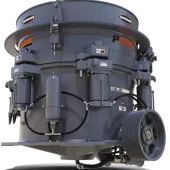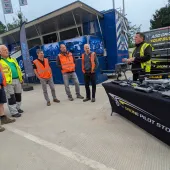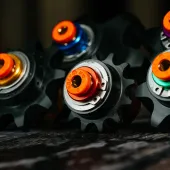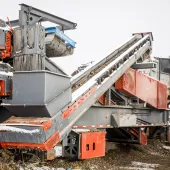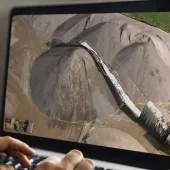Sensor-based conveyor belt inspection service
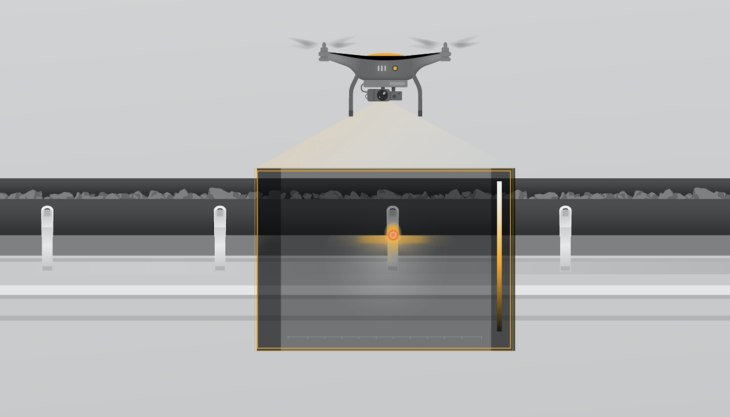
Continental develop visual and acoustic technology-based inspection service for conveyor belt systems
CONTINENTAL have developed a service solution for monitoring conveyor belt systems to permit early identification of weak points before damage resulting in unscheduled and cost-intensive downtimes occurs.
The new, technology-based approach, which was developed to the prototype stage in the Incubator program of Co-pace, the company’s own start-up organization, offers a combination of visual and acoustic inspection and also permits the efficient, data-assisted planning of maintenance intervals.
It replaces the conventional and usually very laborious manual process with sensor-based technologies that permit a more precise inspection process, reduce the verification input and allow predictive maintenance.
Idlers are important components of a belt conveyor and are essential in ensuring smooth conveying operations. Around 30% of the operational faults with belt conveyors are attributable to defects with idlers that it was not possible to identify in a timely manner.
In response to this, the new service offering comprises a hybrid solution that addresses different applications and sections. Inspection of open sections and operations is carried out from the air using a drone equipped with infrared and RGB cameras that monitor both sides of the belt conveyor.
As soon as the drone has flown over the section under inspection, it returns to an autonomous charging station in order to upload the data collected to the relevant cloud via an IoT (Internet of Things) module during the charging process. The image data is processed with the aid of an AI-assisted (artificial intelligence) algorithm and analysed with reference to any detected idler defects.
Meanwhile, continuous maintenance in covered sections or underground conveyors is carried out using fixed microphones installed every 20–25m that capture frequency variations in the idlers. The audio recording is conducted twice a day, with the data being uploaded to the cloud specified above. Events that indicate a damaged idler are then investigated using an AI-based algorithm.
‘Conventional and often manual inspection methods can be very time-consuming, imprecise or even dangerous for service technicians because of the belt length or local circumstances such as underground routing and enclosed sections,’ explained Clemens Panzer, who plays a leading role in the new development as a member of the interdisciplinary team set up for this project.
‘Documentation is also often performed manually, with reports having to be manually input subsequently into the relevant datasets. Maintenance intervals also frequently follow a fixed rotational principle, meaning that measures required on short notice to avoid or prevent conveyor failures cannot be carried out in a timely manner.
‘Sensor-based inspection, by contrast, permits data-assisted remote monitoring of system condition, with the result that potential damage can be detected at an early stage and avoided. Another benefit is that the data collected will automatically be made available in a digital form in the future via a user-friendly interface.
‘The data can be viewed at any time and permit the demand-driven planning of relevant service periods. Changes in the conveyor condition over an extended period can be analysed significantly better using the stored historical data, and the anticipated service life of the components can also be better estimated.’
To date, the solution has been successfully tested in initial field trials. Further pilot projects with potentially interested parties are planned. The system is scheduled to be operational during 2021. ‘We expect a viable software solution for future service operations to be available in the course of next year,’ added Mr Panzer.



